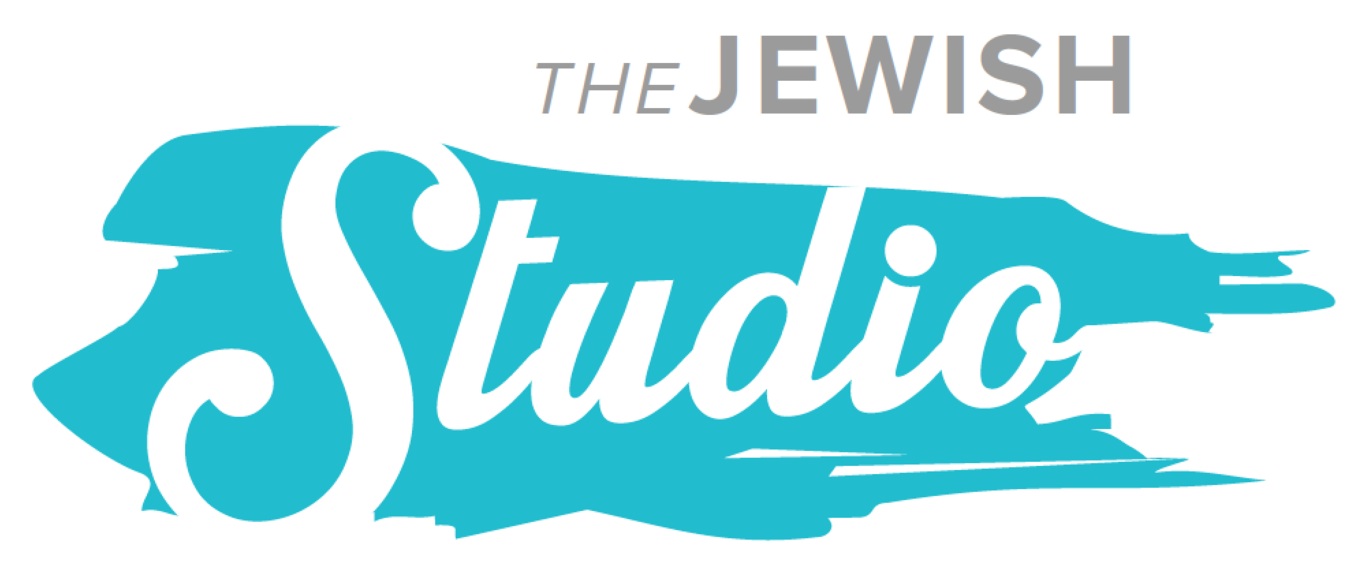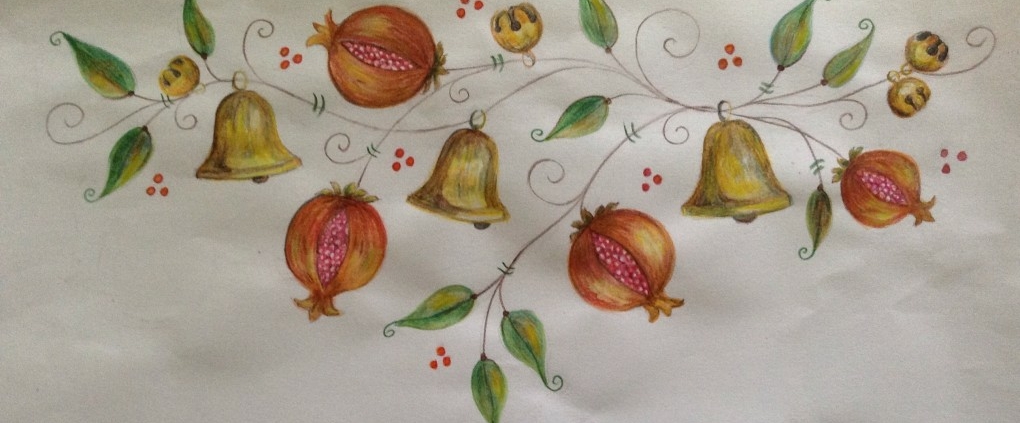Pay Attention to Details
Clothing design can be a matter of life and death. At least that is how I understand the High Priest’s garments described in Torah. In fact, the sartorial design of life’s yin and yang is seen on the hem of the High Priest’s garment.
Tiny pomegranates and bells enwrapped the hem of the ornate robe. The pomegranates were sewn in blue, red, and purple thread. The bells were golden. By virtue of their abundance of seeds, pomegranates became a symbol of life’s fullness. The pomegranate on the robe tells us that life itself is a tapestry of color and design. Meanwhile, the bells indicate that life is finite. Bells are tolled when a soul departs. The cold metal and deadening sound signal a solemn moment of passing.
Subsequent verses describe the association of the bells with death. The text advises that Aaron, the high priest, by wearing such a garment will make noise. The clothing serves to announce both his arrival and departure within the sanctuary. The announcement has as much to do with holiness as it does with heralding the High Priest’s arrival. After describing the role of the golden bells, the text adds the words “וְלֹ֥א יָמֽוּת (v’lo yamoot”) lest he die.” Following the rituals of approaching God, down to the hem of the clothing, are indispensably critical. Holiness is in the details and failure to follow the instructions can be disastrous.
In modern times, each of us feels empowered to question the rules and demand proof. In our search for meaning within religious practices, we deconstruct Jewish rituals. The dissection of sacred activities in a search for logic or purpose often ends up like the frog in a laboratory. Once dissected, you can’t put the frog back together again. Ultimately, our experimenting and prodding obfuscate the fundamental message of the Torah, the path toward appreciating life.
For those inclined to listen, the Torah teaches a life lesson by describing the design of the priest’s garment. The opposite of death (bells) is the fullness of life (pomegranates). We are alternatively graced with pomegranates and bells – both the fullness of life and the loss. Without death, we might not cherish life. Without the fullness of life, we might long for death.
We can discern important life lessons from seemingly archaic rituals. If we pay attention to the details, even the hem of the priestly garment is like a Ted Talk on life! All we need do is sit with the Torah text and weave its colors into the fullness of our life.
Rabbi Evan J. Krame





 Evan J. Krame was ordained as a rabbi by the
Evan J. Krame was ordained as a rabbi by the